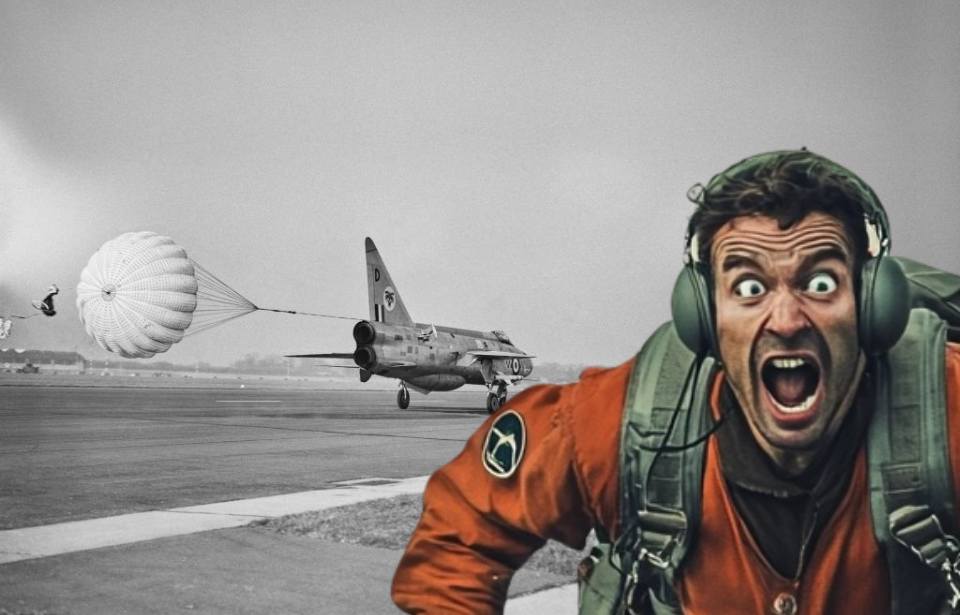Not all personnel within the Royal Air Force (RAF) are pilots; significant attention is also given to crew members responsible for maintaining the aircraft. One such individual, engineer Walter Holden, found himself in a dangerous situation during routine maintenance on an English Electric Lightning. While inside the cockpit, he inadvertently activated the take-off sequence, causing the aircraft to accelerate down the runway.
Walter Holden trained as a pilot
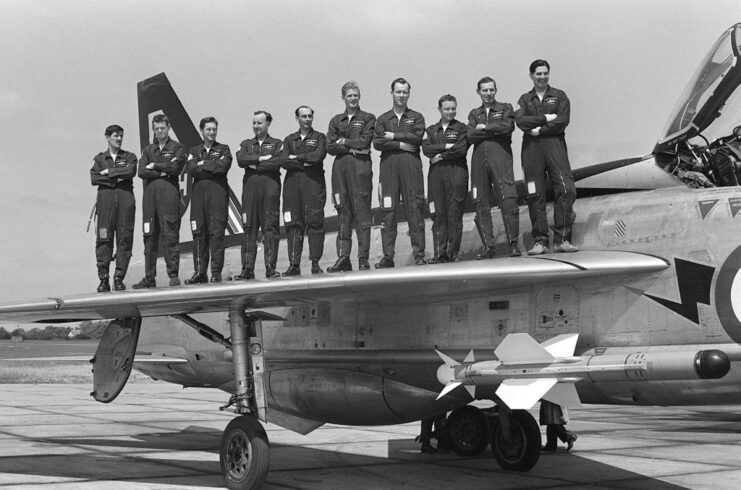
In 1943, Walter “Taffy” Holden enlisted in the RAF while studying mechanical engineering. While he initially had no plans to become a pilot, he completed mandatory flight training on a de Havilland Tiger Moth and, later, on a Harvard aircraft.
After successfully finishing his training, he earned his pilot’s wings and went on to fly a de Havilland Canada DHC-1 Chipmunk.
Performing routine maintenance
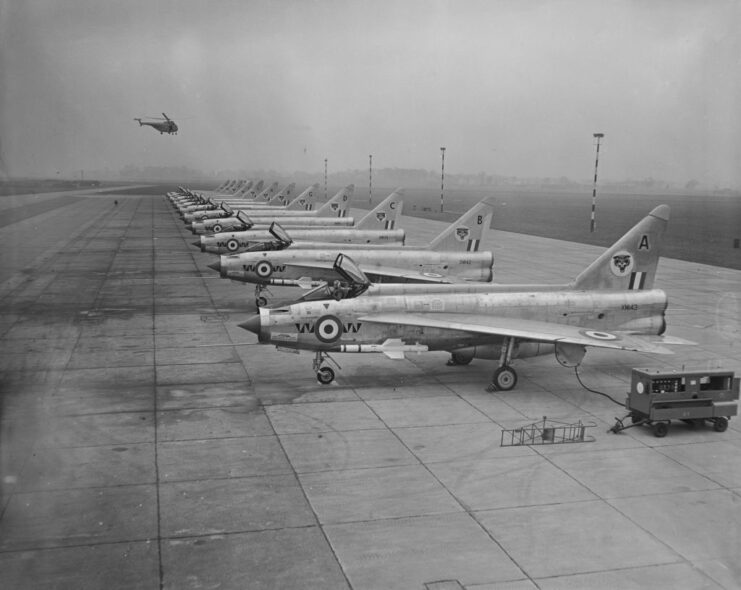
Walter Holden shifted his attention from aviation to focusing on his career in RAF engineering. Excelling in his duties, he advanced to lead the No. 33 Maintenance Unit RAF at RAF Lyneham by 1966. The unit played a key role in the upkeep of aircraft like the English Electric Lightning, slated for retirement, as well as Canberras and the Gloster Meteor.
Needing to test aircraft XM135
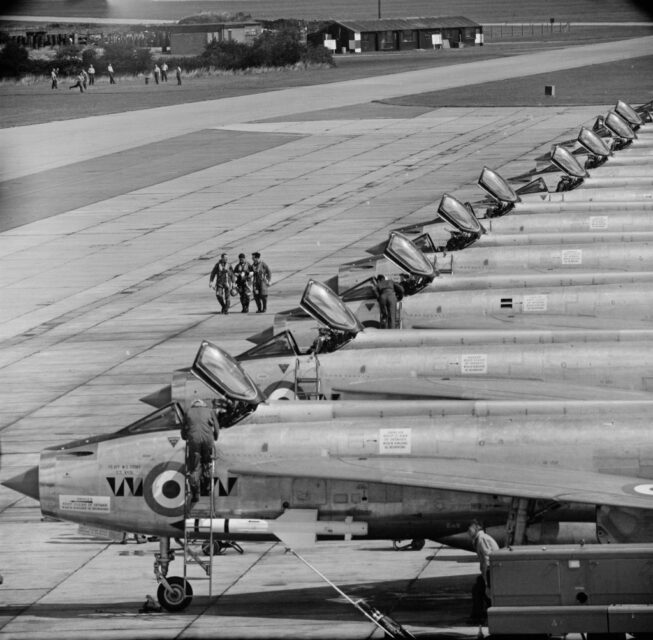
To formally retire the fleet, Walter Holden required a pilot to evaluate aircraft XM135, but it would be over a week before one could arrive. Not wanting to delay, he decided to do it himself. His task was simply to taxi the Lightning on the ground to check different electrical systems—reaching high RPMs, shutting down the engine, and braking.
Since there was no plan for takeoff, Holden skipped the helmet and radio, using hand signals instead to coordinate with his ground crew. The plane lacked a canopy, the landing gear was fixed in the down position, and the ejector seat was non-operational.
Things take a turn…
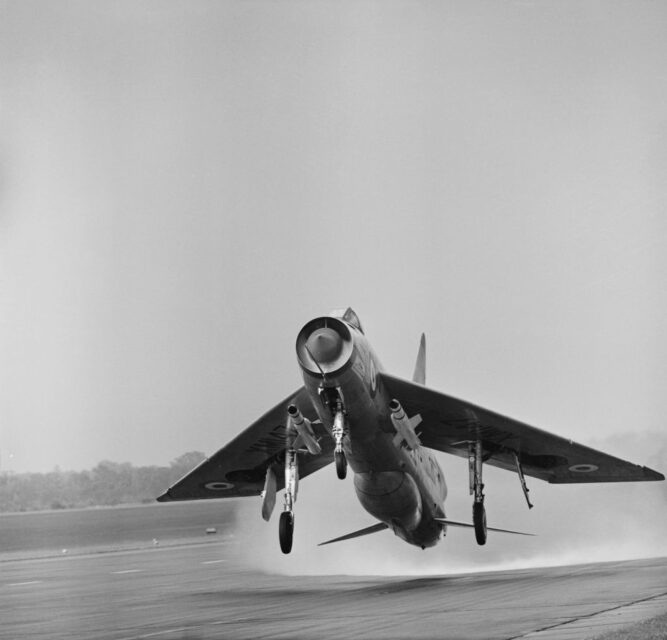
The first test went smoothly, but during the second, Walter Holden accidentally pushed the throttle past the afterburner gate. Unfamiliar with the Lightning, he didn’t know how to turn it off.
Soon, the aircraft started accelerating quickly. He narrowly avoided a fuel tanker and a low-flying de Havilland Comet, but was fast approaching a village at the runway’s end. With no way to stop and time running out, Holden had no option but to take off.
A touchy landing
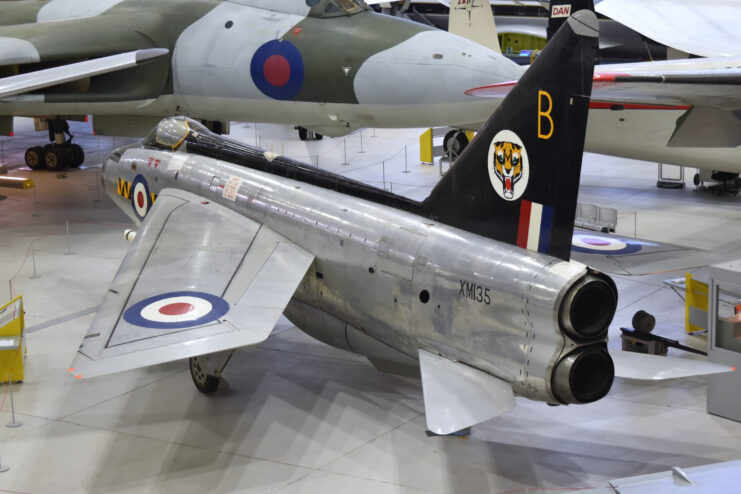
Once Walter Holden was airborne, he turned off the afterburner and focused on landing. He made two attempts, but struggled to position the Lightning correctly. On his third try, he succeeded, but his inexperience led him to land the aircraft as if it were a taildragger. As a result, the tail struck the runway, causing the drogue parachute, which could’ve aided in slowing the Lightning, to break off.
Despite this, Holden managed to bring XM135 to a stop with just 300 feet of runway remaining. The entire flight lasted about 12 minutes.
Walter Holden wasn’t punished for the incident
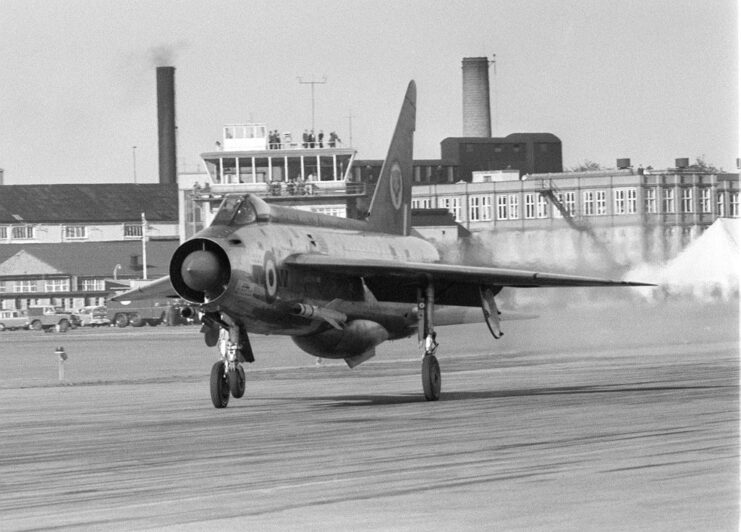
Despite the way he landed, the Lightning was repaired and returned to service until 1974, when it was put on display at Imperial War Museum Duxford. Holden emerged without a scratch, but was put on leave in Italy after the media caught wind of the story. He wasn’t punished, and only had to admit that he should have left the test to a pilot familiar with Lightnings.
Want War History Online‘s content sent directly to your inbox? Sign up for our newsletter here!
With this small slap on the wrist, he continued serving with the RAF until the early 1980s.
